Peru: Ica & Huacachina
Ebifulumiziddwa: 25.09.2018

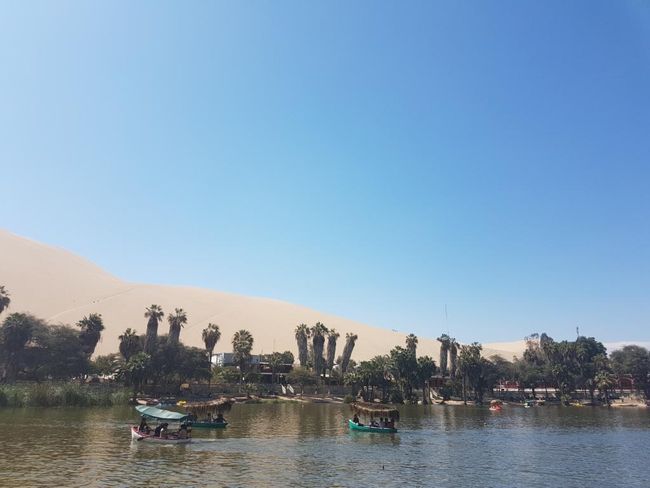
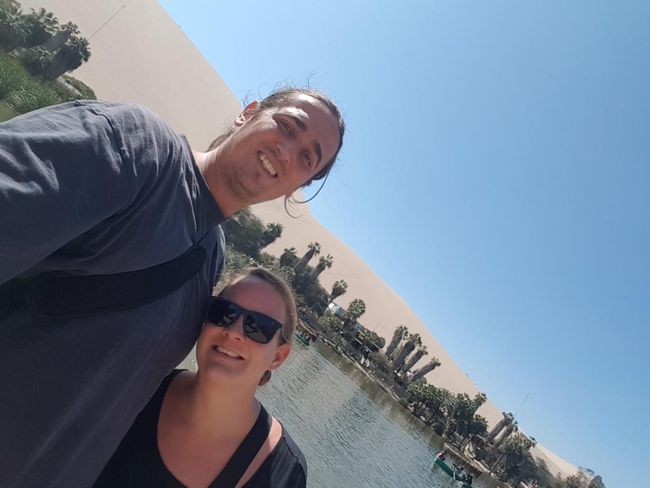
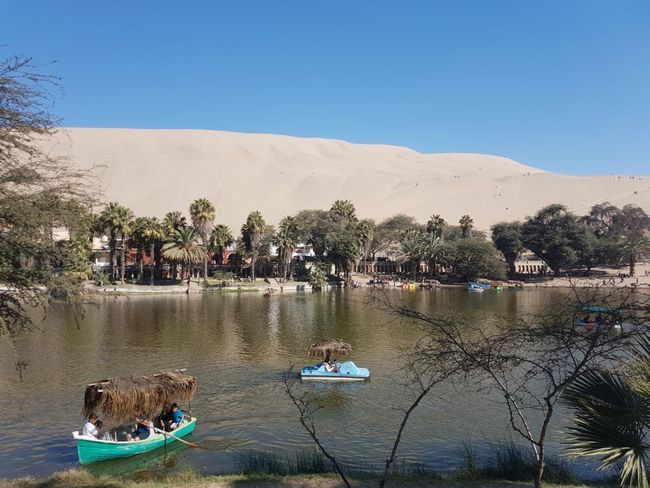
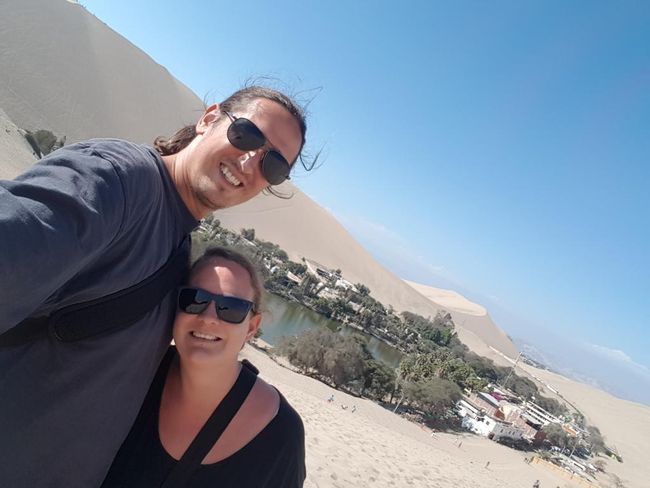
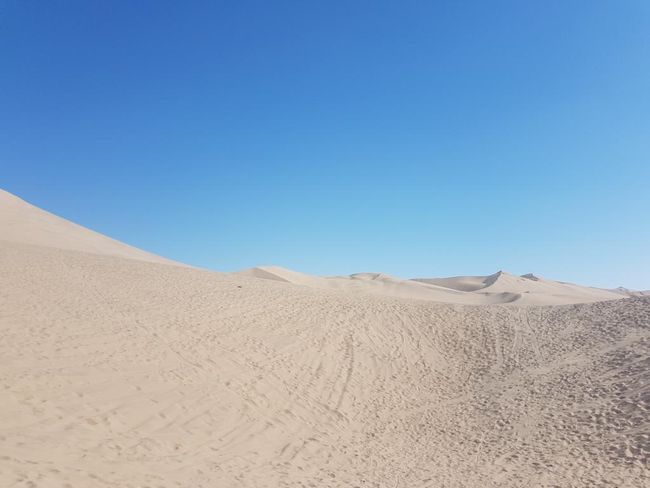
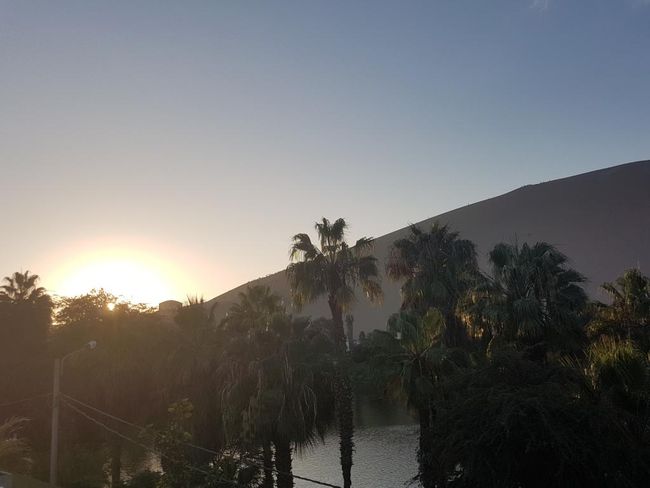
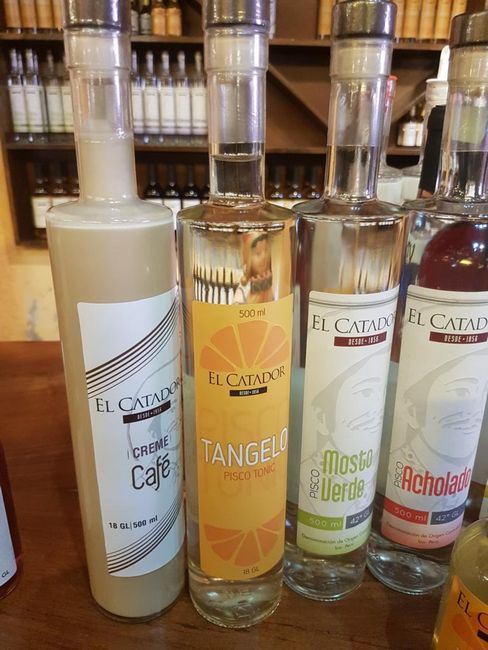
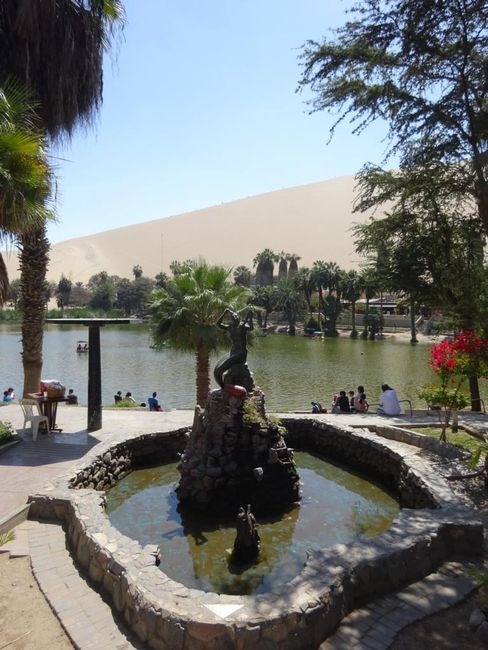
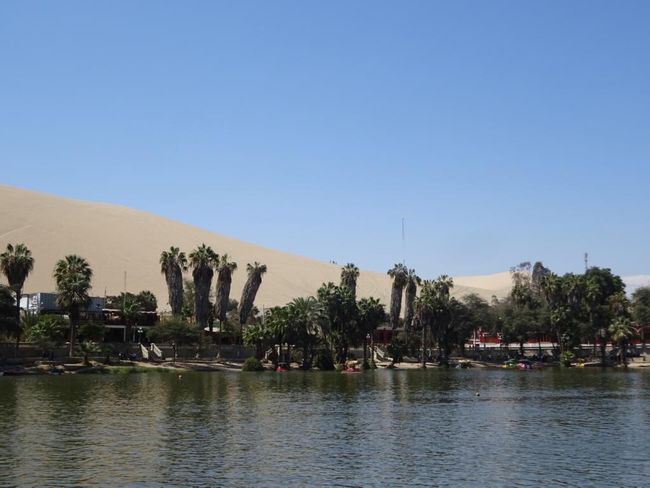
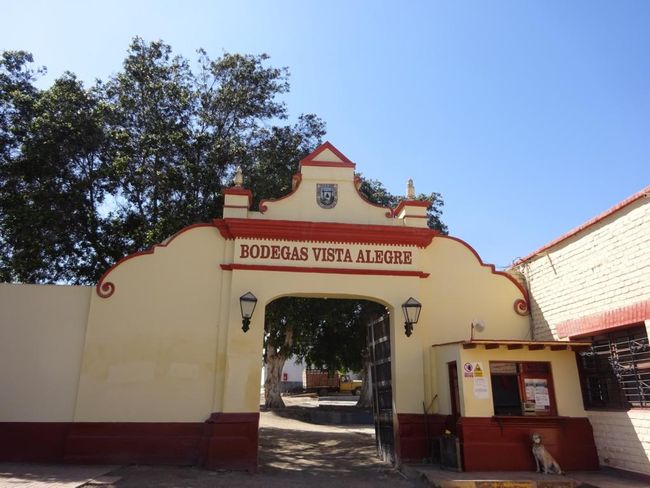
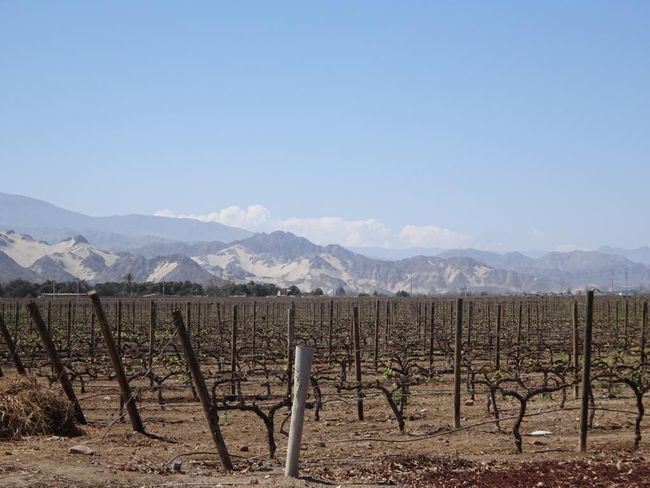
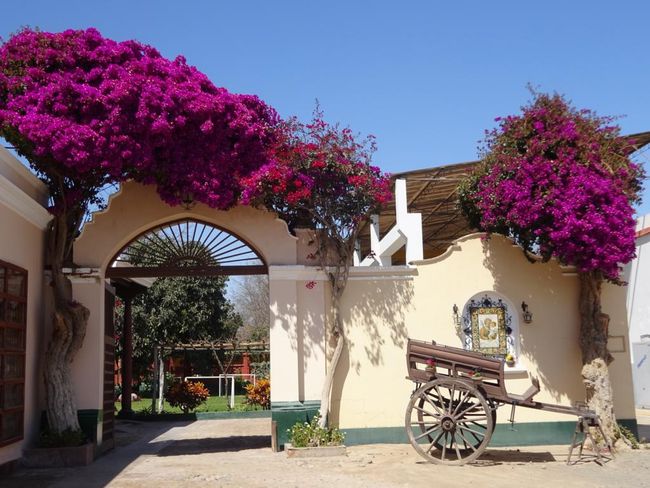
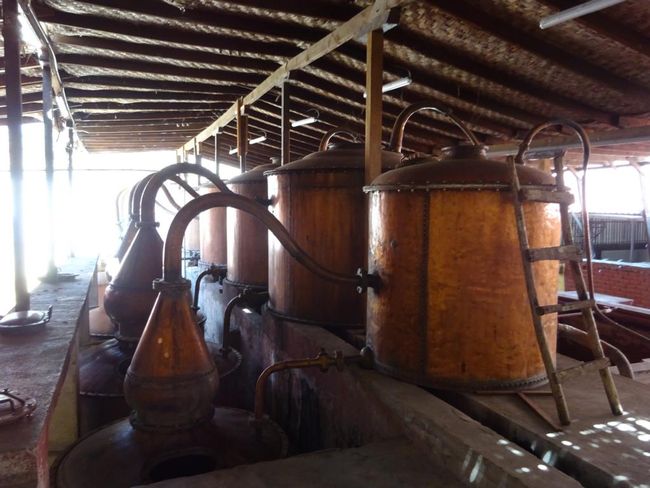
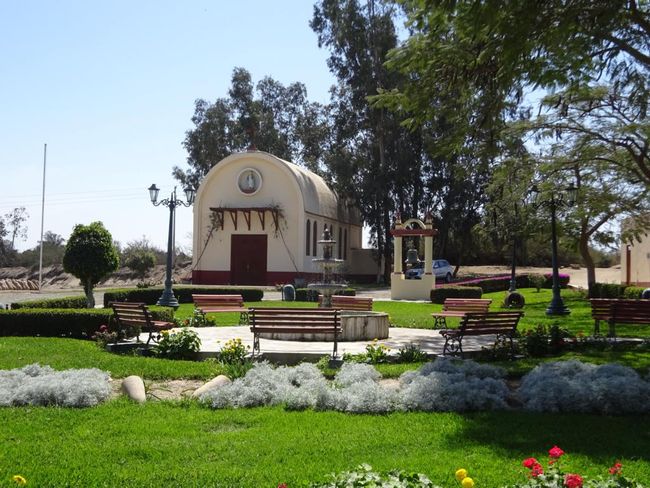
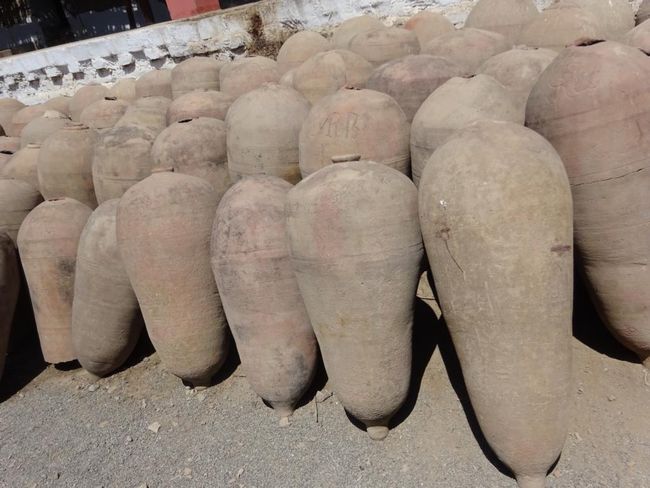
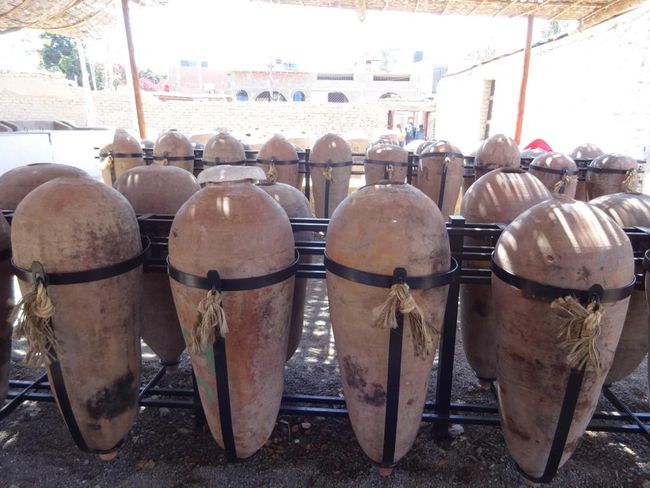
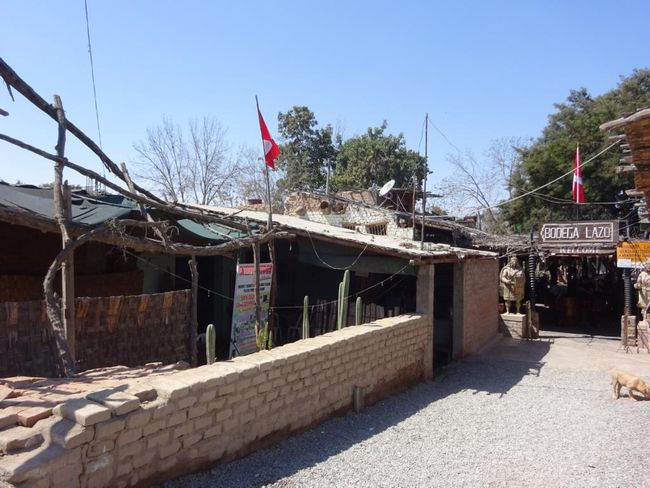
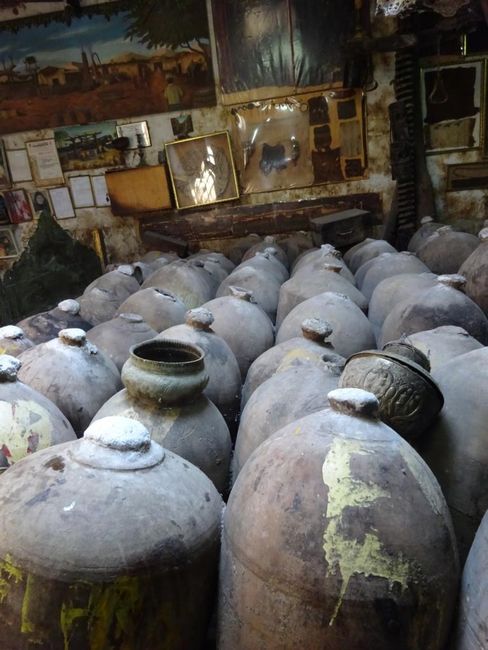
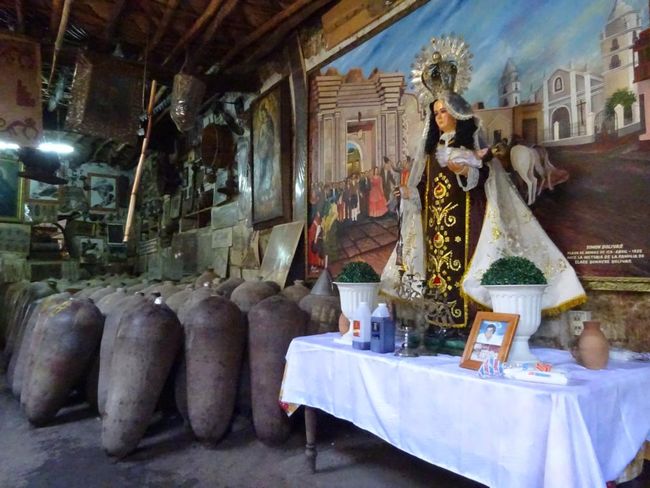
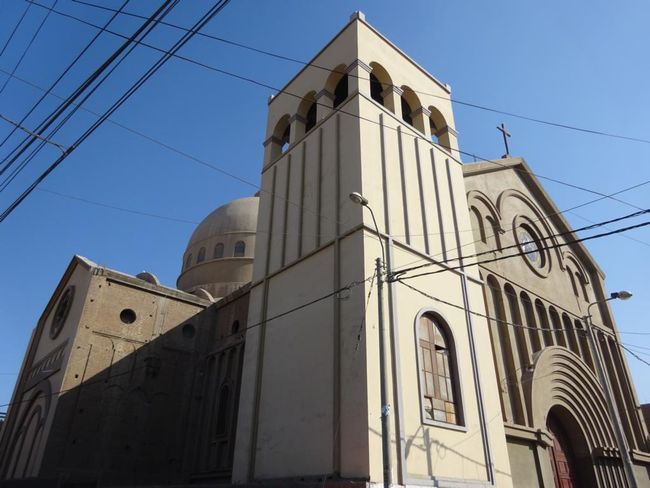
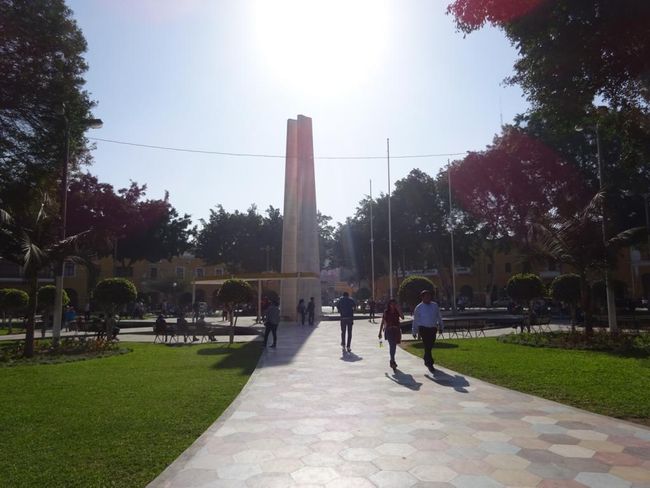
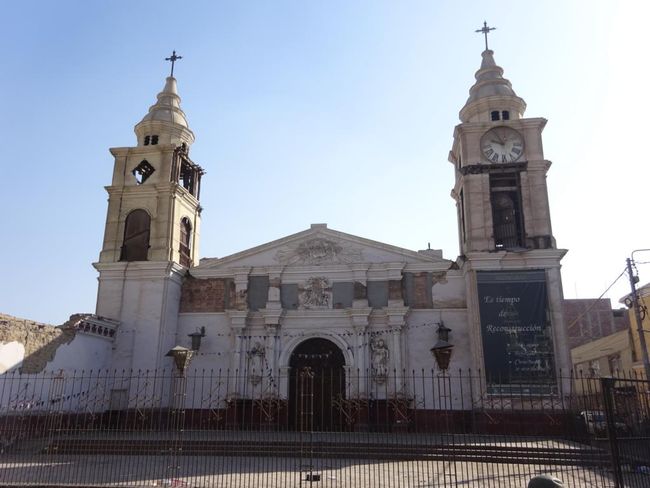
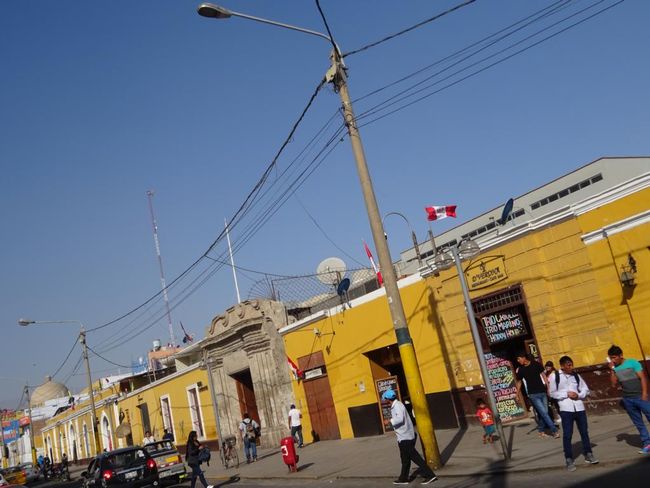
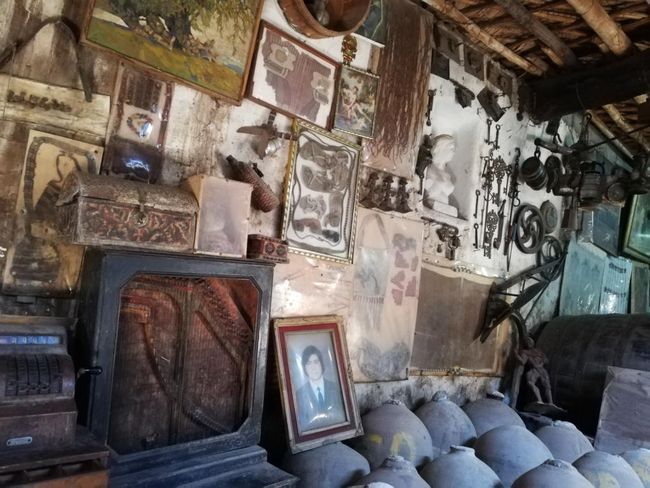
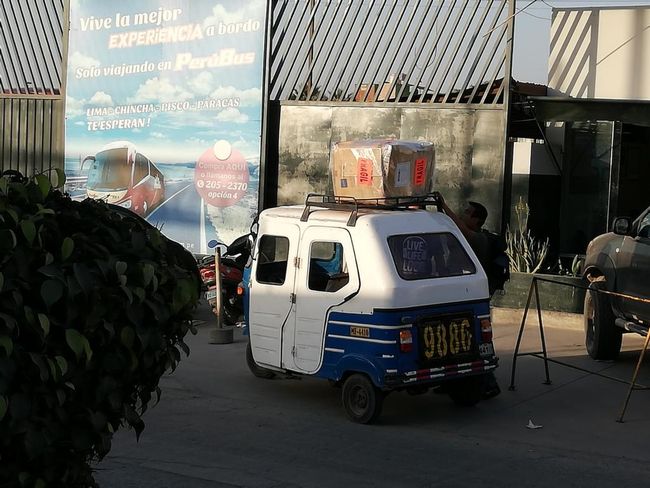
Wewandiise ku lupapula lw'amawulire
It is a long way from Chachapoyas to Ica, which is why we divided the journey into 3 stages. So there was a stopover in Chiclayo and Lima. What we experienced there, I have already summarized in the respective posts.
Ica doesn't have much to offer in terms of tourism, yet almost all Peru travelers come here. 4km from the center of Ica is the oasis of Huacachina, and this place is an absolute tourist magnet. First of all, you need to know that the entire Pacific coast of Peru is a desert with little rain. It is only green along the rivers that flow from the mountains to the sea. And even there, all the cities are located in the fertile soil. We were told that there used to be 7 lagoons surrounded by high sand dunes around Ica. Now, all but one have dried up, mainly because the locals pumped out too much water. But even the lagoon of Huacachina is now artificially supplied with water in order to keep tourism in the area alive.
The main attraction of Huacachina is not only the simple beauty of the oasis in the middle of the huge sand dunes, but also the opportunity to go sand buggy riding and sandboarding, which is like snowboarding in the sand. It sounded like an adventure and was a welcome change after visiting many pre-Inca sites. However, when we arrived in Ica, the taxi driver told us that the day before there had been an accident with a sand buggy in which 2 tourists had died. Apparently caused by an unlicensed 16-year-old buggy driver who didn't even have a driver's license. Very tragic. Therefore, sand buggy rides were forbidden for the next few days. The taxi driver said that sandboarding was still possible, but we had to climb the dunes on foot. Yay.
Since everything in Huacachina is incredibly expensive, we decided to stay in a hotel in the city center of Ica. The next day, we took a tuktuk to the oasis. And you really have to say, if you ignore the incredible crowds and the countless hostels and restaurants, it is really a beautiful place. In the middle is a small lake where you can go paddle boating, and it is surrounded by green palm trees. The oasis is surrounded by huge sand dunes. But unfortunately, this enchanting place is really overcrowded to an unimaginable extent and hard to bear. And throughout the day, more and more people gathered around the lake and on the surrounding dunes.
By now, we didn't feel like sandboarding in the midst of the crowds anymore, so we simply climbed one of the smaller dunes, sat in the sand, enjoyed the view of the oasis, and watched the sandboarders around us. It is really exhausting to climb the steep dunes in the fine sand, and you are only rewarded with a short descent. If the board is not constantly rewaxed, the descent is not particularly fast, and you often get stuck in the deep sand. You can't really make proper turns like with a snowboard either. Many people just sit on the board and slide down.
In the evening, we treated ourselves to a drink on the rooftop terrace of a hostel before driving back to Ica.
For the next day, we had booked a tour of the wineries around Ica that produce both wine and pisco. Peruvian wine is generally very sweet, which is probably why it is not very popular. However, we quite liked it. And as cocktail lovers, we had already indulged ourselves in the Peruvian national drink Pisco Sour, so we were naturally interested in how Pisco is made. Pisco is a type of brandy made from grapes, but only certain varieties. We learned that the best Pisco Sour is made with the Pisco Quebranta variety.
When we booked the tour, we explicitly asked about the winery "Bodega Vista Alegre," which we had already read good things about. Of course, we were assured, as always, that we would definitely go there. Of course, as always, the guide knew nothing about it the next day, so we had to fight and assert ourselves again to get what was promised to us. There was only one other Italian guy in our group, and he obviously didn't care where exactly we would go. But we did. And so, after some back and forth, we finally went to Bodega Vista Alegre, which in hindsight was definitely the best of all the wineries we visited, even the Italian agreed.
There was a short tour of the facility, where the production of the beverages was explained to us. The wines and Pisco are produced here on an industrial scale. The guide was really good, knew what he was talking about, and the tour was very interesting and entertaining. Afterwards, we were able to taste several wines and a Pisco. We also bought a bottle of the rosé there, which we really liked. Considering the following 3 facts, which we unfortunately did not know at the time, we should have bought a whole barrel of it: 1. The other 2 wineries we visited were not as good. 2. The bottle we bought unfortunately fell on the floor in the hotel (still full). 3. We later found the same wine elsewhere in Peru, but at two to three times the price. That's called bad luck.
Next, we visited the winery El Catador, which was definitely the most touristy of them all. There was a restaurant and countless souvenir shops here, and one tour group after another was led through the facility. Wine and Pisco are produced here by hand. First, there was a very short and rather careless tour of the facility. Then we were taken to the tasting room, where we could taste several varieties of wine and Pisco again. No more glasses were served, we drank from tiny plastic cups. Before tasting each new drink, the guide recited a different Spanish toast that we had to repeat. Unfortunately, we couldn't remember them. We only know the classic one that is commonly used: "Arriba, Abajo, al centro, a dentro!"
In the last winery we visited, "Bodega Lazo," the tour was completely skipped, and we went straight to the tasting, which took place in a kind of "museum." It was unusual that the wine, which was made by hand, was scooped directly from the clay amphora into the tiny plastic cup, which gave everything a rustic feel. The employee of the winery casually told us that the owner of the house had recently passed away. He pointed to a picture of the patron, ran his finger across his throat, and exclaimed loudly: "Murió! Finish!" I couldn't stop laughing.
Wewandiise ku lupapula lw'amawulire
Okuddamu

Lipoota z'entambula Peru

